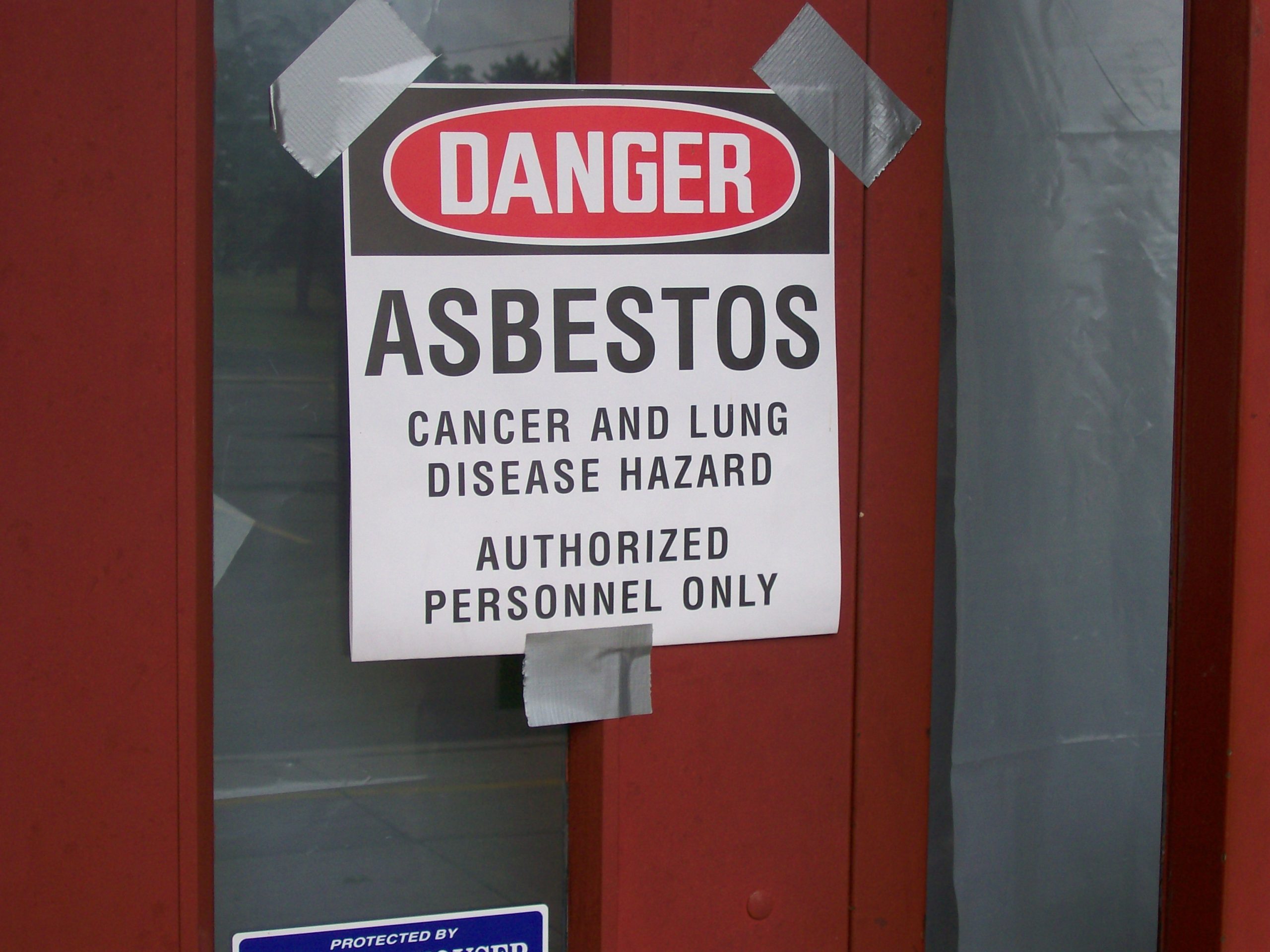 Risks are involved with many jobs. While employees may take risks at work, knowingly or unknowingly, one does not usually expect to put their family at risk while on the job. Jimmy Williams Sr found himself in this situation when his exposure to asbestos at work impacted his wife’s health through her handling his work clothes.
Risks are involved with many jobs. While employees may take risks at work, knowingly or unknowingly, one does not usually expect to put their family at risk while on the job. Jimmy Williams Sr found himself in this situation when his exposure to asbestos at work impacted his wife’s health through her handling his work clothes.
Myra Williams died at fifty-nine after being diagnosed with incurable mesothelioma, an aggressive and deadly form of cancer. She endured a difficult and painful battle with the disease until her death. Myra’s husband, Jimmy Williams, worked for the Placid Oil Facility in Natchitoches, Louisiana, and was constantly exposed to asbestos fibers. Unfortunately, he unknowingly brought the dangerous fibers home on his clothing that was handled and washed by Myra.
Jimmy Williams Sr filed a lawsuit for the death of his wife. This lawsuit was against several defendants, including Placid Oil Company and Ingersoll-Rand Company. The lawsuit alleged that products being used at Placid Oil Company were produced by Ingersoll-Rand and were the cause of the asbestos exposure that impacted Jimmy’s clothing. The courts in this lawsuit used the “substantial factor test” to determine whether Myra’s claims could be related to the exposure caused by the handling of her husband’s clothes. So what is this “substantial factor test” and how does it work? The following helps answer that question.
Before trial, the Plaintiffs settled with Placid Oil and other defendants. As a result, Ingersoll-Rand was left as the only defendant upon trial. For the survival action, the trial court found Placid Oil and Ingersoll-Rand were at fault for causing Myra’s disease and were each liable for their share. Regarding the wrongful death action, the trial court found that Ingersoll-Rand was solely at fault for Myra’s mesothelioma.
Intersoll-Rand appealed the court finding for their liability in causing Myra’s disease. Ingersoll-Rand argued that the trial court was incorrect in finding that the Plaintiffs proved a causal connection between Myra’s cancer diagnosis and products manufactured by Intergol-Rand. Based on the evidence, this argument was found to be without merit on appeal as the evidence at trial established a causative link between the two.
Intergersoll-Rand also argued that the Plaintiffs could not specify an exact number regarding the amount of asbestos exposure. However, this argument was also without merit as a plaintiff is not required to produce this proof to prevail. Based on a similar situation from case law in Robertson v. Dough Ashy Building Material, Inc., the plaintiff was only required to indicate “significant exposure to the (asbestos-containing) product complained of to the extent that it was a substantial factor in bringing about his injury.” Rando (v. Anco Insulations Inc.), 08-1163 at p.35,16 So.3d at 1091.
Based on the Louisiana “substantial factor test” that was developed by Louisiana Courts over years of Asbestos Litigation, to have a sufficient claim, a plaintiff must prove by a preponderance of evidence that: (1) her exposure to the defendant’s asbestos product was significant, and (2) that this exposure caused or was a substantial factor in her diagnosis with mesothelioma. Rando v. Anco Insulations, Inc., 2008-1163, 2008-1169, p. 35 (La.5/22/09), 16 So.3d 1065, 1091. The record had a plethora of evidence showing that Myra’s mesothelioma arose from her exposure to Jimmy’s work clothes and from riding in the family vehicle. Frank Parker, Plaintiff’s exposure expert, was adamant in his belief that was no situation in which Myra could have handled Jimmy’s clothing without suffering from asbestos exposure.
The evidence established that a compressor room at the Placid Oil facility had ten compressors manufactured by Ingersoll-Rand. The corporate representative for Ingersoll-Rand, Gerald Swimmer, stated that these compressors contained asbestos material. Williams’s duties required him to clean the compressor room while asbestos fibers and dust circulated in the air.
Ingersoll-Rand argued that the compressors were covered with aluminum sleeves to prevent the release of fibers and dust. However, employees testified that aluminum sleeves did not cover many turbochargers and exhausts. The record also reflected that Ingersoll-Rand was aware of the presence of asbestos and the potential health hazard at risk. Despite this knowledge, there was no evidence that Ingersoll-Rand warned any Placid Oil employees, including Jimmy Williams Sr, of the dangers to themselves and their families.
The Appellate Court found the evidence to speak for itself over Intersoll-Rand’s argument. It was without a reasonable doubt that (1) Myra’s exposure to asbestos was significant through the handling of Jimmy’s clothes, and (2) this exposure was the cause of her diagnosis of mesothelioma. Accordingly, the lower court’s judgment was affirmed, finding Ingersoll liable.
Exposure to carcinogens that could put someone’s life in danger, especially in the workplace, is unacceptable. A good attorney can help ensure that you and your family are given protection against situations of this nature and that justice is served.
Additional Sources: JIMMY WILLIAMS, SR., ET AL. VERSUS PLACID OIL COMPANY, ET AL
Written by: Margaret Cotter
Other Berniard Law Firm Articles on Mesothelioma and Asbestos Issues: How Much Do Juries Award in Mesothelioma Lawsuits in Louisiana?
 Insurance Dispute Lawyer Blog
Insurance Dispute Lawyer Blog

